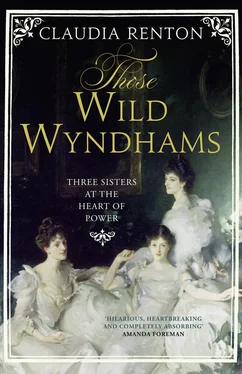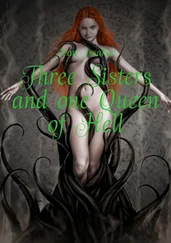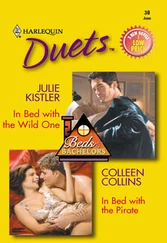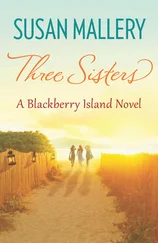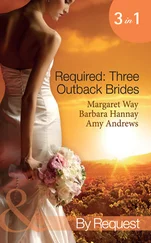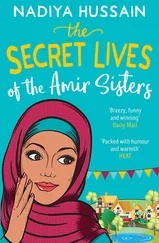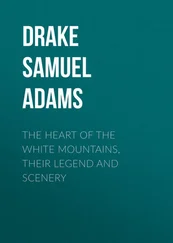The little girls were born into the age of Gladstone. In 1867, Disraeli had pushed Lord Derby’s Tory ministry into ‘the leap in the dark’: the Reform Act that gave the vote to all male householders in the towns, as well as male lodgers who paid rent of £10 a year or more for unfurnished accommodation, almost doubling the electorate. In the boroughs, the hitherto unenfranchised working classes were now in the majority. The debate over the Act was fought with passion on both sides: for most, democracy was a demoniacal prospect signifying mob rule. A series of unruly popular protests organized by the Radical-led Reform League, with hordes brandishing red flags and wearing the cap of liberty marching on Trafalgar Square, did little to dispel these fears. In a notorious incident of July 1866 – just a stone’s throw from Belgrave Square – a mob of 200,000 tore down Hyde Park’s railings when the Government tried to close it to public meetings, overwhelming the police ‘like flies before the waiter’s napkin’. 51Contemporary theorists were concerned that vox populi would become vox diaboli . In The English Constitution Walter Bagehot expressed his fear that ‘both our political parties will bid for the support of the working man … I can conceive of nothing more corrupting or worse for a set of poor ignorant people than that two combinations of well-taught and rich men should constantly offer to defer to their decision and compete for the office of executing it.’ 52
The equally bleak predictions by Lord Cranborne, later Marquess of Salisbury – who resigned in protest from Derby’s ministry upon the passing of the Act – seemed confirmed when the electorate returned Gladstone in the 1868 elections, at the head of the first truly Liberal ministry, a disparate band of Radicals of the industrial north, Whig grandees, some still speaking in their eighteenth-century ancestors’ curious drawl, and Dissenters, the non-conformists who wanted to loosen the hold of the established Church. Gladstone immediately announced his God-given mission to ‘pacify Ireland’ (provoked, in part, by the Fenian bombing of Clerkenwell Prison the previous year that had killed twelve civilians and injured forty more) 53and set about disestablishing the Irish Church, while dealing several blows to the hegemony of the British landed classes by introducing competitive exams for the civil service, abolishing army commissions and removing the religious ‘Test’ required for fellows of Oxford, Cambridge and Durham universities to enable non-Anglicans to hold those posts.
Percy, like his father before him, was a Tory of the oldest sort, who believed that his class’s God-given duty to govern through wise paternalistic rule not just the tenantry on their estates but the country as a whole was under attack. For Percy, like most Tories, authority was ‘like a sombre fortress, holding down an unpredictable population that might, at any moment, lay siege to it’. 54
In 1867, Percy had commissioned Watts to paint Madeline’s portrait. The portrait took three years to complete, partly because painter and sitter, kindred artistic souls, enjoyed their conversations so much they were reluctant for them to end. 55In a nod to classical portraiture the statuesque Madeline, in her early thirties, gazes down at the viewer from a balustraded terrace. A mass of laurel, signifying nobility and glory, flourishes behind her; in the foreground a vase of magnolias denotes magnificence. Her gown is loose and splashed with sunflowers, proclaiming her allegiance to the world of the Pre-Raphaelites; the gaze from hooded eyes under swooping dark brows direct and forthright. The portrait, hung in Belgrave Square’s drawing room, made its first public appearance – to quite a splash – some seven years later, on the opening of the Grosvenor Gallery, a private venture of the Wyndhams’ friends Sir Coutts and Lady Lindsay on London’s New Bond Street. It caught the eye of Henry James, recently arrived in England, reviewing the exhibition for the Galaxy . He told his readers of his companion’s comment: ‘It is what they call a “sumptuous” picture … That is, the lady looks as if she had thirty thousand a year.’ ‘It is true that she does,’ said James, praising nonetheless ‘the very handsome person whom the painter has depicted … dressed in a fashion which will never be wearisome; a simple yet splendid robe, in the taste of no particular period – of all periods’. 56
James had seen that the aristocrat effortlessly superseded the artist. And, although it was kept well hidden beneath her friendships with artists, her undoubted talent and her air of vague, bohemian warmth, Madeline Wyndham was acutely aware of social gradations. ‘ You and Papa are rather stupid about knowing who people are!!’ she told Mary, half jokingly, half in frustration as she discussed the ‘belongings’ of fellow guests at a house party – by which she meant their connections and titles. 57She assiduously cultivated the boring Princess Christian as a friend. ‘She is a humbug,’ declared the middle-class Philip Burne-Jones (son of Edward and Georgiana), finding that Madeline’s warmth towards him as a family friend cooled rapidly when he made plain his hope that he could court Mary, with whom he had been in love since childhood. 58
It has been said that Madeline, with her artful eye, the creator of Clouds, the exquisite Wiltshire house into which the Wyndhams moved in 1885, is the model for Mrs Gereth in Henry James’s The Spoils of Poynton , the story of a jewel-like house created out of the ‘perfect accord and beautiful life together’ of the Gereths: ‘twenty-six years of planning and seeking, a long sunny harvest of taste and curiosity’. Mrs Gereth is an unscrupulous obsessive who tries to manipulate her son into marrying a worthy chatelaine, then sets the house aflame rather than see it pass into the wrong hands. If Madeline Wyndham is the model, there is no clearer indication of the steel within her soul. 59
Extravagantly generous – she kept open table at Belgrave Square, with sometimes forty people unexpectedly sitting down to lunch 60– Madeline never spoke of the sudden change in her fortunes brought about by marriage, only fondly recollecting an Irish childhood in a ‘nest of lovely sisters’ visiting relations in pony and trap. 61Her ambitions for her family were tied up with her anxiety to prove that Percy’s gamble in marrying her had exalted his clan. When her daughters married, she was terrified that one might bear a child with some ‘defect’. 62It is clear that she feared what might be latent in her blood.
In the early 1870s, Madeline had an affair with Wilfrid Scawen Blunt, a handsome poet and Percy’s cousin and close friend who had spent part of his childhood living in a cottage on the Petworth estate. Blunt and his wife Lady Anne spent much of their time travelling in Africa and the Middle East, and bought an Egyptian estate just outside Cairo named Sheykh Obeyd, after the Bedouin saint Obeyd buried in the grounds. 63They spoke vernacular Arabic, and Blunt, a self-professed iconoclast, adopted Bedouin dress even in England. 64At Crabbet Park, Blunt’s Sussex estate, they founded a successful stud breeding Arab horses. The annual sale and garden party was a fixture of the Season: ‘everybody who was anybody in London went in those days to Crabbet for the sale of the Arabs [sic],’ wrote the journalist Katharine Tynan, recalling Janey Morris, Oscar Wilde and Jane Cobden, radical daughter of the reformer Richard Cobden, wandering through the beautiful grounds. 65

The intrepid Arabists: Wilfrid Blunt and Lady Anne Blunt in the late 1870s.
Читать дальше
